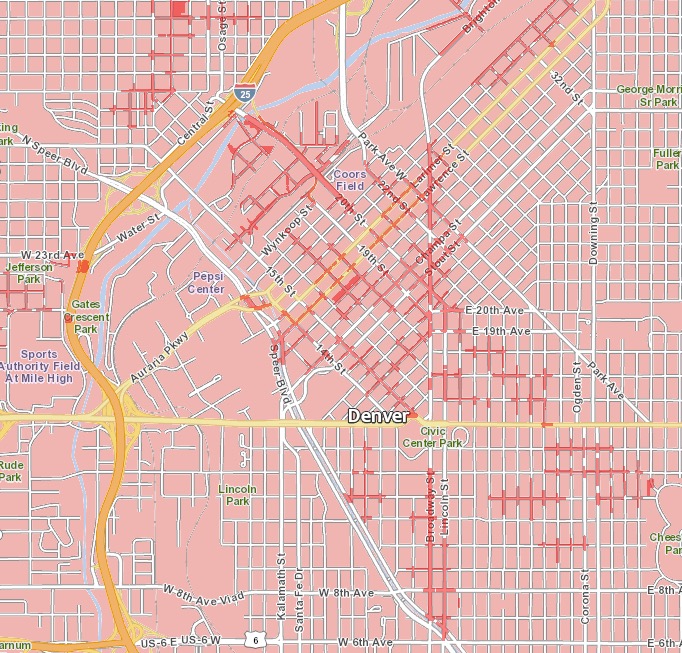

#VERIZON WIRELESS SIGNAL STRENGTH MAP FULL#
In a late Friday news dump, the agency quietly announced it would be freezing the subsidy program temporarily so it could launch a full investigation into whether large carriers have been routinely over-stating wireless network coverage. Verizon did not immediately respond to a request for comment.Īnd while Pai, a one-time Verizon lawyer, has been widely criticized as a rubber stamp for the industry he used to work for, the growing pressure appears to have forced his hand. Government filings indicate that the RWA held an additional meeting with the FCC last week, where the organization expressed concerns about inaccurate data provided by both Verizon and T-Mobile, the latter of which is busy trying to sell the government on its looming Sprint merger. "Verizon should not be allowed to abuse the FCC challenge process by filing a sham coverage map as a means of interfering with the ability of rural carriers to continue to receive universal service support in rural areas," the RWA added. "Verizon's claimed 4G LTE coverage is grossly overstated," the organization told the FCC. In a similarly- critical filing submitted to the FCC last August, the Rural Wireless Association (RWA), a coalition of smaller cellular providers, went so far as to call existing carrier coverage maps a “sham”-directing significant ire specifically toward Verizon Wireless. The funds, slated to be doled out over the next decade, are part of the FCC’s Mobile Fund Phase II program, designed to specifically shore up 4G LTE coverage in “primarily rural areas.”īut in recent months Senators and smaller carriers alike have complained that it’s difficult to dole out funds to underserved areas-if you don’t actually know where those areas are.Īt a Senate Commerce Committee oversight hearing last August, Montana Senator Jon Tester proclaimed that cellular coverage maps “ stink,” informing FCC boss Ajit Pai that “we've got to kick somebody's ass” to get the problem fixed. Recently however, the problem has received renewed attention as states begin competing for $4.53 billion in subsidies intended to help shore up mobile coverage gaps.


 0 kommentar(er)
0 kommentar(er)
